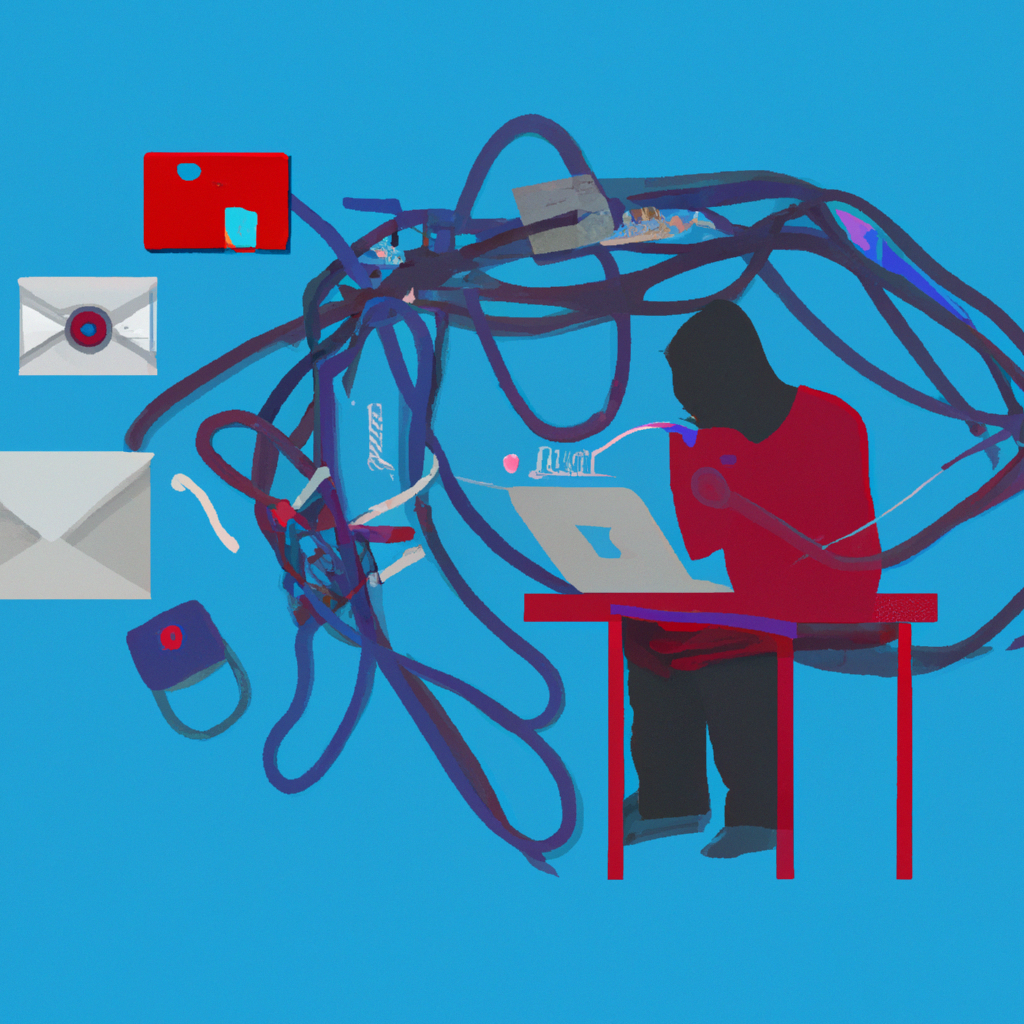Cybersecurity Threats in the Age of Remote Work
In today’s digital world, remote work has become the new normal for many organizations. While this shift has brought about increased flexibility and productivity, it has also opened up new avenues for cybersecurity threats. With employees accessing company networks from various locations and devices, the risk of cyber attacks has never been higher.
Phishing Attacks
One of the most common cybersecurity threats facing remote workers is phishing attacks. These attacks typically involve sending deceptive emails that appear to be from a legitimate source, such as a colleague or a company executive. The goal is to trick the recipient into providing sensitive information, such as login credentials or financial details.
- Train employees to recognize phishing attempts and report any suspicious emails.
- Use email filtering tools to block malicious emails before they reach employees’ inboxes.
- Implement multi-factor authentication to add an extra layer of security to account logins.
Unsecured Wi-Fi Networks
Another significant cybersecurity threat for remote workers is the use of unsecured Wi-Fi networks. When employees connect to public or unsecured networks, they are at risk of having their data intercepted by cybercriminals. This can lead to the theft of sensitive information or the installation of malware on the employee’s device.
- Encourage employees to use a virtual private network (VPN) when accessing company resources from public Wi-Fi networks.
- Ensure that employees’ home Wi-Fi networks are secure by using strong passwords and encryption.
- Consider providing employees with company-issued devices that have built-in security features.
Weak Passwords
Weak passwords are a common cybersecurity vulnerability that can easily be exploited by cyber attackers. Remote workers who use simple or easily guessable passwords are putting themselves and their organizations at risk of a data breach. Cybercriminals can use automated tools to crack weak passwords and gain unauthorized access to company systems.
- Implement password policies that require employees to create strong, unique passwords for their accounts.
- Encourage the use of password managers to securely store and generate complex passwords.
- Enable multi-factor authentication for added security against unauthorized access.
Conclusion
As remote work continues to become more prevalent, organizations must prioritize cybersecurity to protect their sensitive data and systems. By educating employees about common threats, implementing robust security measures, and staying vigilant against evolving cyber threats, organizations can mitigate the risks associated with remote work and safeguard their digital assets.
